Can solar screens solve our mobile battery woes?
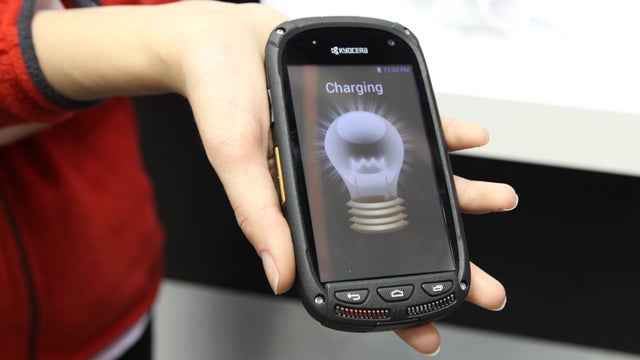
If you could design the portable device of the future, chances are you’d
include an infinite battery. That’s a pipe dream, but the next best
thing could be a solar panel built into the screen so you have a phone
that’s constantly on charge. During the day at least.
French company SunPartner Technologies is working to make that a reality with its Wysips Crystal ultra-thin solar panels.
It’s not the first time we’ve seen this tech. Alcatel had a prototype phone solar charging phone at CES 2014 that utilised similar technology. We had a look at a couple of prototype devices at MWC 2015 that are showing off the potential applications for this tech.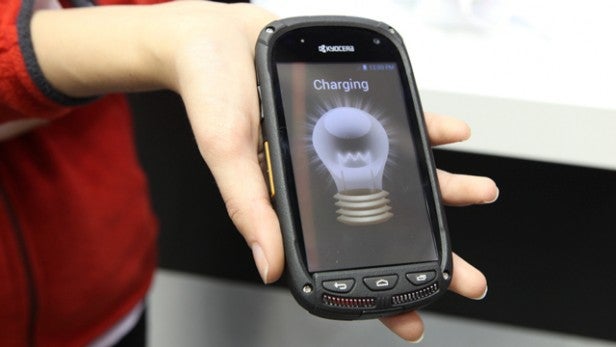
Utilising
SunPartner’s invention, Kyocera, a rugged phone manufacturer that
specialises in creating handsets that are literally life proof, is
currently developing a modified version of the Torque that uses
SunPartner technologies’ 0.5mm thin solar panel to charge it.
It’s
a great piece of innovation and because the solar panel is thin it
actually managed to fit inside the original Torque without adding any
thickness to the body of the handset. The panel is slipped in between
the touch panel and a display enhancement layer. But the phone is still
in its prototype phase and can only provide 2.5mW per cm2. In English
that translates to about two minutes of calling or 10 minutes music from
10 minutes exposure to sunlight. Not that impressive, just yet.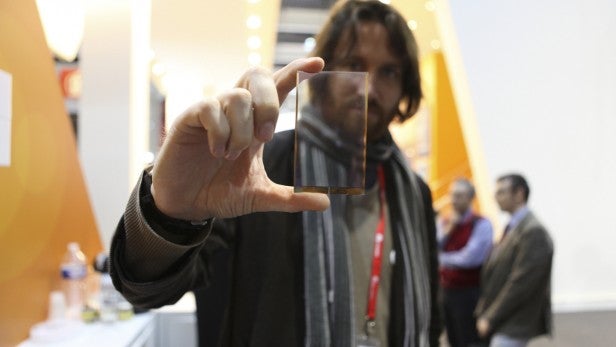
Speaking
about developing a transparent solar panel and the challenge of making
it practical in a mobile device Ludovic Deblois, CEO and co-founder of
SunPartner Technologies told us: “The first issue is transparency, we
have to combine solar cell strips with lens surfaces. The second issue
is efficiency of the power conversion. If we made the panel less
translucent it would be more effective, but then the screen would be too
dark. Also the size of the screen limits its capacity, small screens
cannot gather an optimum amount of energy.”
So whilst it may be
innovative, the technology isn’t quite ready to remove the need to
charge our phones altogether. But interestingly SunPartners is already
working on taking the thin solar panels to the next level.
“We
managed to make our initial panel for the Torque as thin as 0.5mm, but
we are currently working Wysips Crystal, a flexible glass solar panel
that is 0.1mm thin. We hope to bring the new ultra-thin panel to market
before 2017.”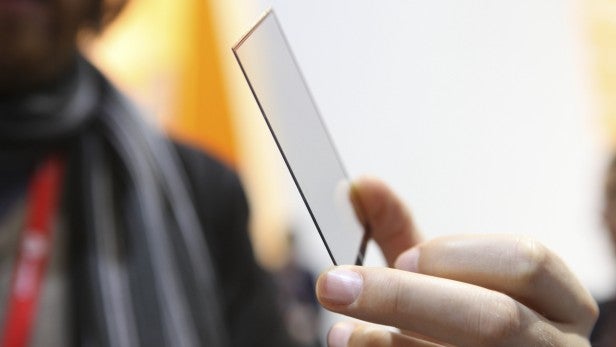
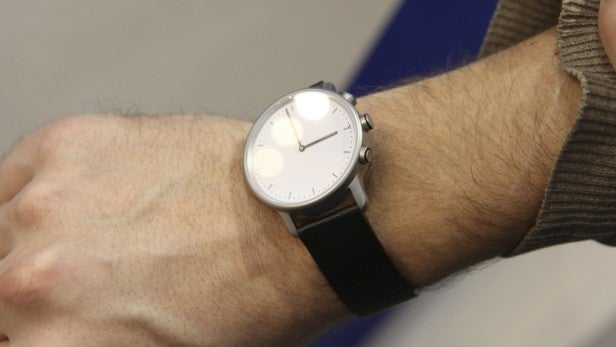 Ludovic
Ludovic
also showed us two of the world’s first solar panel powered smart
watches using the ultra-thin solar panel tech, one from Névo and the
other a prototype. The watches include activity sensors, bluetooth
enabled notifications. Interestingly, the Wysips panels in the watches
will be optimised for utilising indoor lighting as well as sunlight. The
design of the initial Névo watch is elegant and could easily pass for a
traditional quality timepiece. As yet, pricing and availability is
still being finalised but these watches should be out from July/August
this year.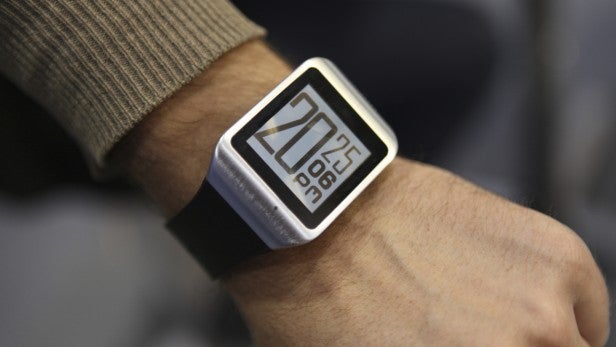
There
are further extensions of this technology though, SunPartners has taken
the micro solar panel a step further and created Wysips Glass. The
flexible 0.1mm thin solar panels can be layered over any glass surface
and enable it to generate electricity from natural or artificial light.
The company is in talks with TV manufacturers (who shall not be named)
and is currently working with Vision Systems in the US to create smart
windows for aircraft that can be controlled using an app. When the sun
is too bright, you can use the app to make the glass panels opaque,
removing the need for shutters.
It seems the possibilities are
numerous and it’s an impressive piece of engineering to create solar
panels so thin that the glass can bend. Solar tech has been around for
decades and has suffered from two main issues hindering its adoption;
it’s too big and it isn’t efficient enough. SunPartners has tackled the
first issue and although solar panels still have a way to go in terms of
energy conversion, the Wysips technology is definitely something worth
keeping an eye on.

